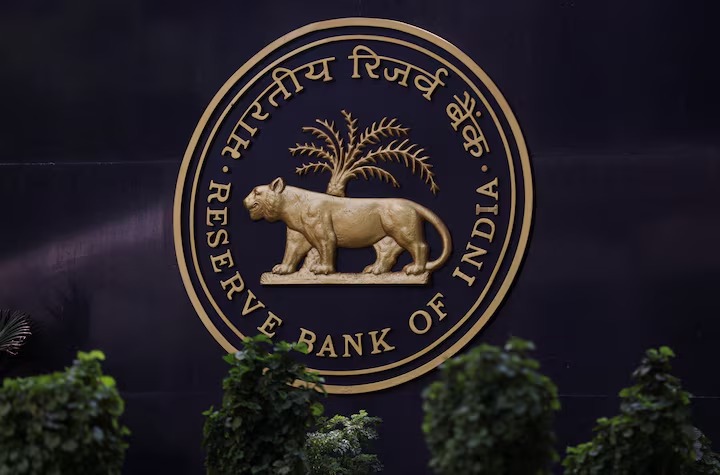- October 5, 2024
(OFFICIAL) India’s forex reserves top $700 bln for first time after seven-week surge

India has reached a significant financial milestone as its foreign exchange (forex) reserves have surpassed the $700 billion mark for the first time. After a seven-week surge, this increase in reserves is a testament to the country’s growing economic strength and its ability to navigate through global financial challenges. This development not only boosts investor confidence but also strengthens India’s standing in the global economy. In this article, we will explore the reasons behind the surge in forex reserves, its importance to India’s economy, and the broader implications for the nation’s financial stability. We will also examine the role of the Reserve Bank of India (RBI), foreign investments, trade dynamics, and how this milestone impacts inflation, currency stabilization, and external vulnerabilities. Before diving into the details of India’s latest forex achievement, it’s essential to understand what forex reserves are and why they matter to a nation’s economy. Forex reserves are assets held by a country’s central bank (in this case, the Reserve Bank of India) in foreign currencies. These reserves include foreign currencies (like the U.S. dollar, euro, and yen), gold reserves, Special Drawing Rights (SDRs) from the International Monetary Fund (IMF), and government securities. Forex reserves are typically used to support and stabilize the national currency, facilitate international trade, and provide a buffer against external economic shocks. Countries with strong forex reserves are generally better equipped to handle global uncertainties, such as fluctuating exchange rates, inflationary pressures, and sudden capital outflows. The reserves also allow a country to meet its international obligations, such as paying for imports and repaying foreign debt, while boosting investor confidence in the domestic economy. India’s forex reserves crossing the $700 billion mark is a historic achievement, especially considering the various global economic headwinds the country has faced in recent years. Several factors have contributed to this significant increase in reserves: One of the major drivers of the recent surge in forex reserves is the continuous inflow of foreign portfolio investments (FPIs) into Indian markets. Over the past few months, India has witnessed a growing interest from global investors, particularly in equity and debt markets. FPIs have been consistently purchasing Indian stocks and bonds, drawn by the country’s robust economic outlook, reforms, and the promise of long-term growth. The Indian stock market has performed well, attracting international investors who are looking for higher returns amidst global market volatility. As these investors bring in foreign currency to purchase Indian assets, the inflow adds to the country’s forex reserves. India is the world’s top recipient of remittances, with millions of Indians working abroad and sending money back home. Remittances have been a steady source of foreign exchange for India, and with the global economy slowly recovering post-pandemic, remittance flows to India have increased. This growth in remittances, particularly from countries in the Middle East, the United States, and Europe, has contributed to the boost in forex reserves. According to a World Bank report, remittances to India were expected to reach $100 billion in 2023, marking a significant increase from previous years. This inflow of foreign currency adds to India’s reserves, helping to buffer any trade deficits or currency volatility. India’s export sector has also played a crucial role in building up its forex reserves. Over the past few quarters, Indian exports have grown substantially across various sectors, including pharmaceuticals, IT services, textiles, and engineering goods. India’s services exports, especially in the IT and software sectors, have been a major contributor to the increase in forex reserves.



